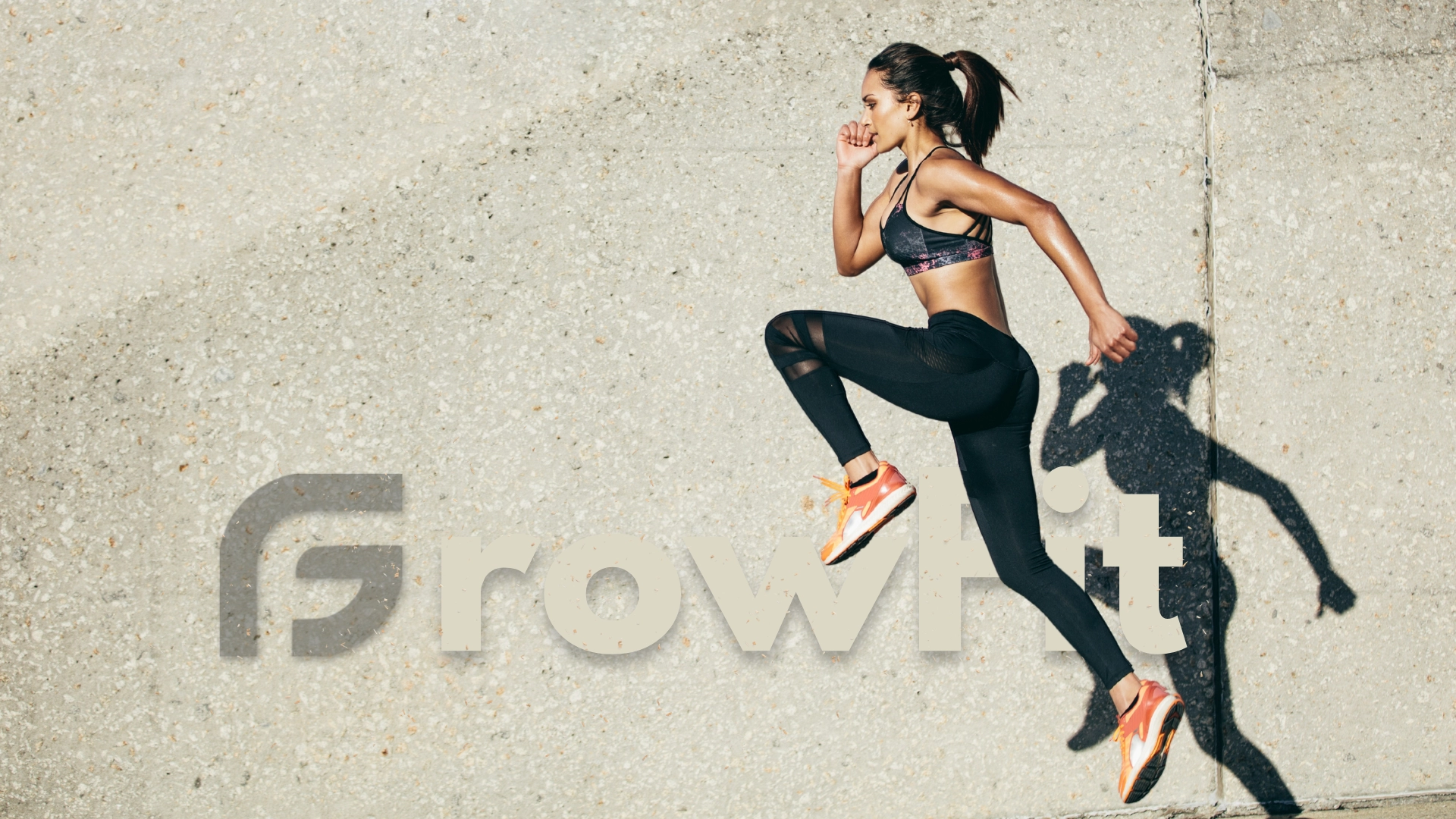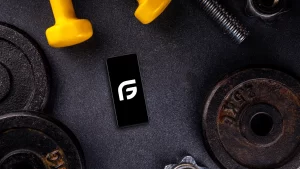Fitness and Exercise in 2024: The Ultimate Guide with 37 Tips to Transform Your Workout Routine
I. Introduction to Fitness and Exercise
A. Importance of Physical Activity
- Improved cardiovascular health
- Enhanced mental well-being
- Increased energy levels
- Better sleep quality
- Reduced risk of chronic diseases
B. Benefits of Regular Exercise
The advantages of incorporating regular exercise into your routine are numerous and well-documented:
- Weight Management: Exercise helps burn calories and build muscle, making it easier to maintain a healthy weight.
- Mood Enhancement: Physical activity stimulates the production of endorphins, the body’s natural mood elevators.
- Disease Prevention: Regular exercise can help prevent or manage a wide range of health problems, including stroke, metabolic syndrome, type 2 diabetes, depression, and certain types of cancer.
- Cognitive Function: Exercise has been shown to improve memory, concentration, and overall brain health.
- Longevity: Studies have consistently shown that regular physical activity can increase life expectancy.
C. Components of Fitness
A well-rounded fitness program should include the following components:
- Cardiovascular Endurance: The ability of your heart and lungs to supply oxygen to your muscles during sustained physical activity.
- Muscular Strength: The amount of force your muscles can produce in a single effort.
- Muscular Endurance: The ability of your muscles to perform repeated actions without fatigue.
- Flexibility: The range of motion in your joints and muscles.
- Body Composition: The ratio of body fat to lean body mass.
II. Getting Started with Exercise
A. Setting Realistic Goals
- Specific: Clearly define what you want to achieve.
- Measurable: Establish concrete criteria for measuring progress.
- Achievable: Ensure your goals are realistic and attainable.
- Relevant: Align your goals with your overall fitness aspirations.
- Time-bound: Set a timeframe for achieving your goals.
B. Choosing the Right Activities
- Running or jogging
- Swimming
- Cycling
- Weight training
- Yoga or Pilates
- Group fitness classes
- Team sports
C. Creating a Balanced Workout Plan
A well-rounded workout plan should incorporate all components of fitness. Here’s a sample weekly plan:
- Monday: 30 minutes of cardio (e.g., jogging or cycling)
- Tuesday: Strength training focusing on upper body
- Wednesday: 45 minutes of yoga or flexibility work
- Thursday: High-Intensity Interval Training (HIIT)
- Friday: Strength training focusing on lower body
- Saturday: 60 minutes of a favorite sport or outdoor activity
- Sunday: Rest or light activity (e.g., walking)
III. Types of Exercise
A. Cardiovascular Exercise
Cardiovascular or aerobic exercise is any activity that increases your heart rate and breathing. It’s essential for improving heart health, burning calories, and boosting endurance. Popular forms of cardio include:
- Running and Jogging: Excellent for burning calories and improving cardiovascular fitness.
- Cycling: Low-impact option that’s great for all fitness levels.
- Swimming: Full-body workout that’s easy on the joints.
- Dancing: Fun way to get your heart rate up while improving coordination.
- Rowing: Combines cardio with upper body and core strength training.
B. Strength Training
Strength or resistance training is crucial for building muscle, increasing metabolism, and improving overall functional fitness. Key aspects of strength training include:
- Free Weights: Dumbbells, barbells, and kettlebells for versatile strength exercises.
- Resistance Machines: Guided movements that target specific muscle groups.
- Bodyweight Exercises: Push-ups, pull-ups, and squats that use your own body as resistance.
- Resistance Bands: Portable and versatile tools for strength training.
C. Flexibility and Mobility Work
Flexibility exercises help improve range of motion, reduce the risk of injury, and enhance overall physical performance. Include these in your routine:
- Static Stretching: Holding a stretch for 15-30 seconds.
- Dynamic Stretching: Moving parts of your body through a full range of motion.
- Yoga: Combines flexibility with strength and balance.
- Pilates: Focuses on core strength and flexibility.
D. Balance and Stability Training
Often overlooked, balance and stability exercises are crucial for preventing falls and improving overall functional fitness. Incorporate these exercises:
- Single-leg stands: Improve balance and strengthen stabilizing muscles.
- Bosu ball exercises: Challenge your balance on an unstable surface.
- Tai Chi: Ancient practice that improves balance and body awareness.
- Stability ball workouts: Engage core muscles while performing exercises.
IV. Nutrition and Exercise
A. Pre-workout Nutrition
- Eat a meal rich in complex carbohydrates and lean protein 2-3 hours before exercising.
- For a quick pre-workout snack, opt for easily digestible carbs like a banana or toast with honey.
- Stay hydrated by drinking water throughout the day leading up to your workout.
B. Post-workout Nutrition
- Consuming a combination of protein and carbohydrates within 30 minutes after your workout.
- Rehydrating with water or an electrolyte-rich beverage.
- Eating a balanced meal within 2 hours post-exercise.
C. Hydration for Optimal Performance
- Drink water throughout the day, not just during exercise.
- For workouts lasting longer than an hour, consider a sports drink to replenish electrolytes.
- Monitor your urine color – pale yellow indicates good hydration.
V. Exercise Equipment and Gear
A. Essential Home Workout Equipment
- Resistance bands
- A set of dumbbells
- Yoga mat
- Jump rope
- Stability ball
B. Gym Equipment Guide
When using a commercial gym, familiarize yourself with common equipment:
- Cardio Machines: Treadmills, ellipticals, stationary bikes, and rowing machines.
- Weight Machines: Guided resistance equipment for various muscle groups.
- Free Weights: Dumbbells, barbells, and weight plates.
- Functional Training Equipment: TRX straps, kettlebells, and medicine balls.
VI. Tracking Progress and Staying Motivated
A. Fitness Tracking Tools and Apps
Technology has revolutionized how we monitor our fitness progress. Consider using:
- Wearable Devices: Smartwatches and fitness trackers to monitor heart rate, steps, and calories burned.
- Smartphone Apps: Applications like MyFitnessPal or Strava to log workouts and nutrition.
- Smart Scales: Devices that measure weight, body fat percentage, and other metrics.
B. Setting and Achieving Milestones
- Set weekly or monthly targets that align with your overall goals.
- Celebrate small victories along the way.
- Adjust your milestones as needed based on your progress.
VII. Advanced Fitness Concepts
A. Periodization and Progressive Overload
- Periodization: Systematically varying your training program over time to optimize performance and prevent plateaus.
- Progressive Overload: Gradually increasing the weight, frequency, or number of repetitions in your strength training routine.
B. Recovery and Rest
- Allow adequate recovery time between workouts, especially for strength training.
- Incorporate active recovery days with light activities like walking or yoga.
- Prioritize sleep – aim for 7-9 hours per night for optimal recovery.
C. Injury Prevention and Management
- Always warm up before exercising and cool down afterward.
- Use proper form and technique in all exercises.
- Listen to your body and don’t push through pain.
- If injured, seek professional medical advice before returning to exercise.
VIII. Special Populations and Fitness
A. Exercise for Seniors
- Focus on low-impact activities like swimming or walking.
- Incorporate strength training to maintain muscle mass and bone density.
- Include balance exercises to prevent falls.
- Always consult with a healthcare provider before starting a new exercise program.
B. Pregnancy and Postpartum Fitness
- Consult with your healthcare provider before exercising while pregnant.
- Focus on low-impact activities and pelvic floor exercises.
- Gradually return to exercise postpartum, following your doctor’s guidance.
C. Fitness for Chronic Conditions
- Work with your healthcare provider to develop a safe exercise plan.
- Start slowly and gradually increase intensity.
- Monitor your symptoms and adjust your routine as needed.
IX. Trends in Fitness and Exercise
A. High-Intensity Interval Training (HIIT)
- Alternates short periods of intense exercise with recovery periods.
- Can be adapted to various types of exercise, from cardio to strength training.
- Offers significant benefits in a shorter time compared to steady-state cardio.
B. Mind-Body Exercises
- Practices like yoga and Pilates continue to grow in popularity.
- Mindfulness and meditation are increasingly incorporated into fitness routines.
- Focus on the mind-body connection enhances overall well-being.
X. Conclusion
Starting a fitness journey is a great way to enhance your general health and wellbeing. Recall that consistency, perseverance, and a readiness to modify your strategy when necessary are the keys to success.
GrowFit is here to help you along the entire journey. Our tools and professional advice can support you in reaching your fitness objectives, whether you’re just getting started or want to improve.
Recall that your path to fitness is personal to you. Accept the process, acknowledge your accomplishments, and don’t be afraid to ask for help when you need it. Cheers to your continued success in fitness and health in 2024 and beyond!
FAQ’s
1. How often should I exercise?
2. What’s the best time of day to work out?
3. Q: How long should my workouts be?
4. How much cardio should I be doing?
5. Should I work out my abs every day?
6. How often should I rest between workouts?
7. What’s the best diet for my fitness goals?










